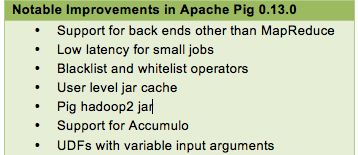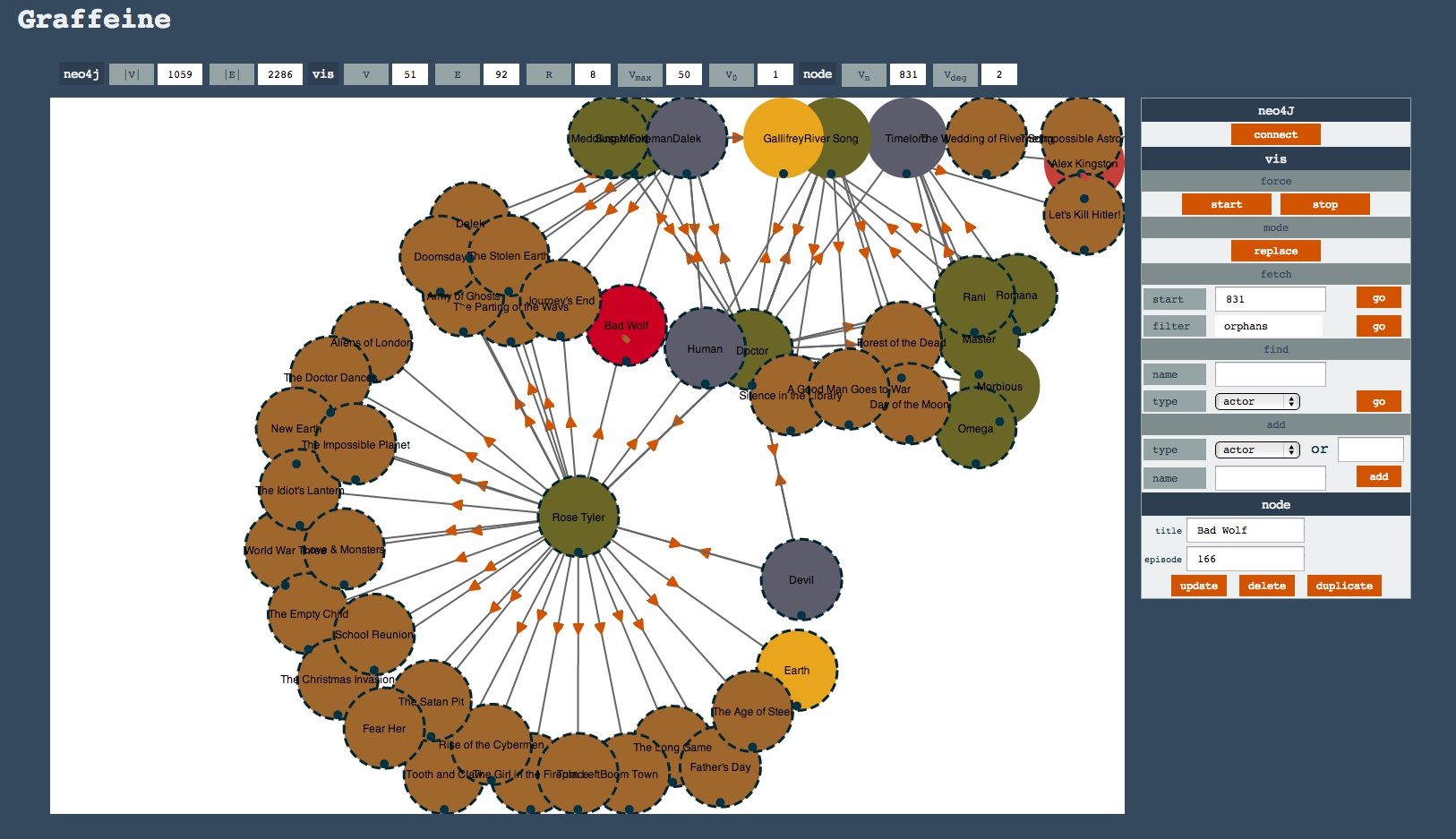Groups of diverse problem solvers can outperform groups of high-ability problem solvers by Lu Hong and Scott E. Page.
Abstract:
We introduce a general framework for modeling functionally diverse problem-solving agents. In this framework, problem-solving agents possess representations of problems and algorithms that they use to locate solutions. We use this framework to establish a result relevant to group composition. We find that when selecting a problem-solving team from a diverse population of intelligent agents, a team of randomly selected agents outperforms a team comprised of the best-performing agents. This result relies on the intuition that, as the initial pool of problem solvers becomes large, the best-performing agents necessarily become similar in the space of problem solvers. Their relatively greater ability is more than offset by their lack of problem-solving diversity.
I have heard people say that diverse teams are better, but always in the context of contending for members of one group or another to be included on a team.
Reading the paper carefully, I don’t think that is the author’s point at all.
From the conclusion:
The main result of this paper provides conditions under which, in the limit, a random group of intelligent problem solvers will outperform a group of the best problem solvers. Our result provides insights into the trade-off between diversity and ability. An ideal group would contain high-ability problem solvers who are diverse. But, as we see in the proof of the result, as the pool of problem solvers grows larger, the very best problem solvers must become similar. In the limit, the highest-ability problem solvers cannot be diverse. The result also relies on the size of the random group becoming large. If not, the individual members of the random group may still have substantial overlap in their local optima and not perform well. At the same time, the group size cannot be so large as to prevent the group of the best problem solvers from becoming similar. This effect can also be seen by comparing Table 1. As the group size becomes larger, the group of the best problem solvers becomes more diverse and, not surprisingly, the group performs relatively better.
A further implication of our result is that, in a problem-solving context, a person’s value depends on her ability to improve the collective decision (8). A person’s expected contribution is contextual, depending on the perspectives and heuristics of others who work on the problem. The diversity of an agent’s problem-solving approach, as embedded in her perspective-heuristic pair, relative to the other problem solvers is an important predictor of her value and may be more relevant than her ability to solve the problem on her own. Thus, even if we were to accept the claim that IQ tests, Scholastic Aptitude Test scores, and college grades predict individual problem-solving ability, they may not be as important in determining a person’s potential contribution as a problem solver as would be measures of how differently that person thinks. (emphasis added)
Some people accept gender, race, nationality, etc. as markers for thinking differently and no doubt that is true in some cases. But presuming it is just as uninformed as presuming no differences in how people of different gender, race, and nationalities think.
You could ask. Such as presenting candidates for a team with open ended problems that are capable of multiple solutions. Group similar solutions together and then pick randomly across the solution groups.
You may have a gender, race, nationality diverse team but if they think the same way, say Anthony Scalia and Clarence Thomas, then your team isn’t usefully diverse.
Diversity of thinking should be your goal, not diversity of markers of diversity.
I first saw this in a tweet by Chris Dixon.


